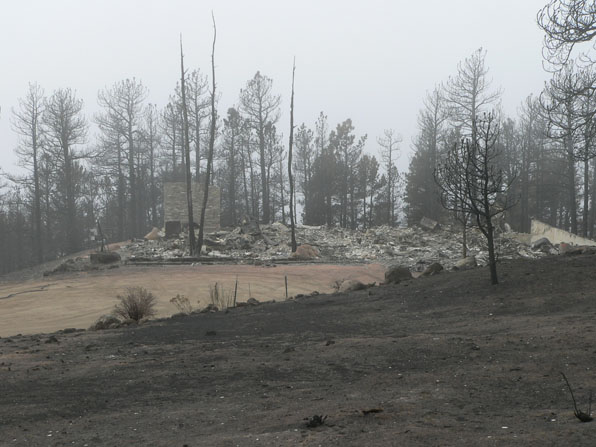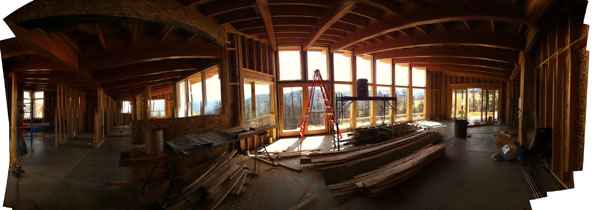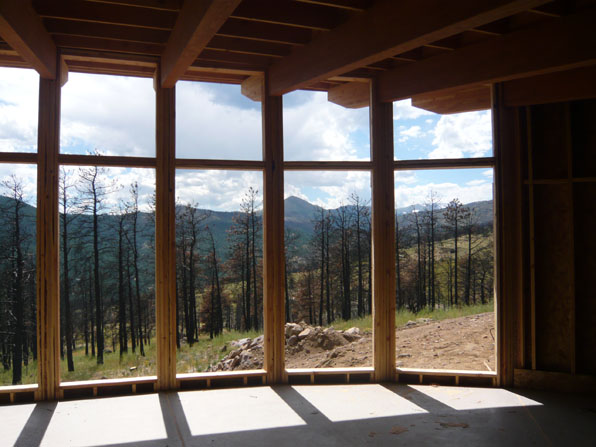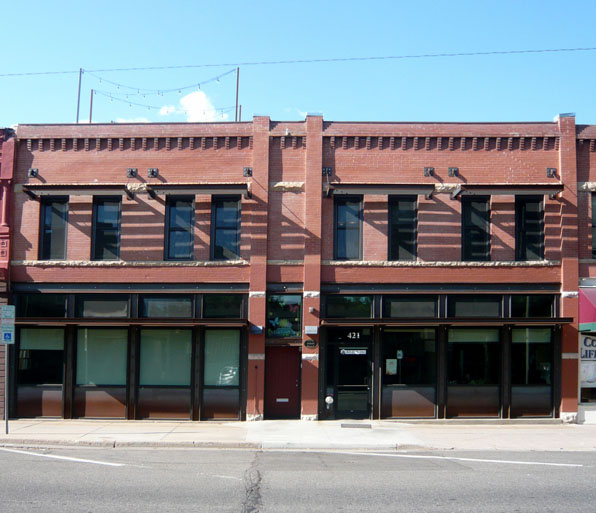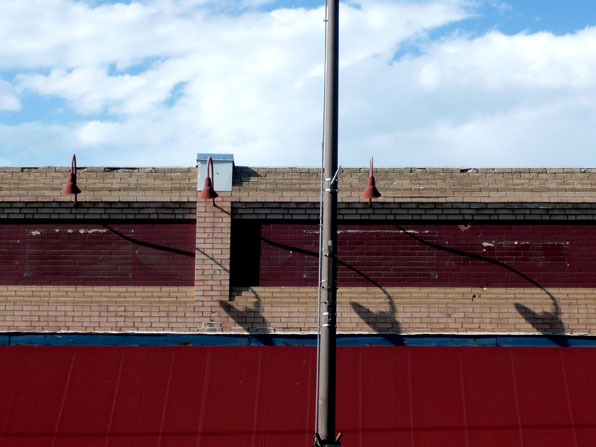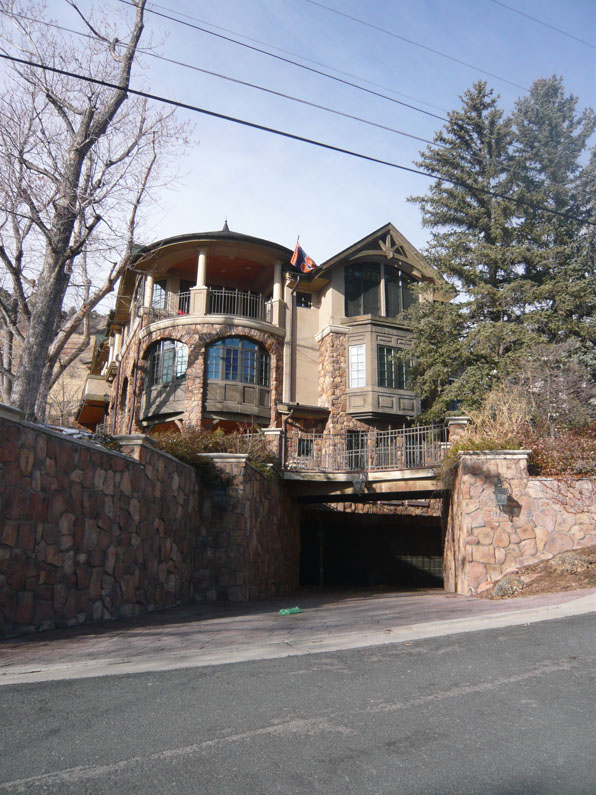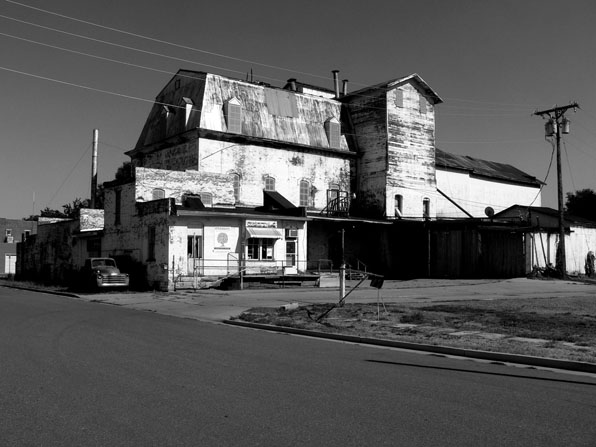It can be hard to decide - this or that, one or two, artisan whole wheat or quinoa spelt (hey, I live in Boulder). Hopefully there is not a lot riding on those decisions and a mistake can be revisisted or disguised as toast. A house it not such an easy fix.
I am not an advocate for building in a "style". Thinking of buildings as simply constructions that you can hang different style clothes on runs counter to my work as an architect. However, if you don't have an architect or don't want one, maybe the nineteenth century idea of pattern books is a good idea to help you avoid Style Abuse Disorder (SAD).
SAD houses simply can not make up their minds. Are they Victorian or Craftsman? Ranch or chateau? Let's call it eclectic.
Even if you are finally building your own house, and you've saved your whole life to do it, it is not an opportunity to put into it every design idea that you have ever fallen victim to. A bit of discipline is a good thing.
Again, I am not advocating some simplistic, reductionist idea of architecture. I don't think you should be able to walk down the street and easily categorize Victorian, Modernist, Bungalow, etc. like so many products on a shelf. In my practice we design each project examining its site, its context, the client's desires, etc. to make a building that inevitably has its own style. Sometimes this is a bit of a mashup, but I hope one that displays its own kind of inner logic and sits comfortably along its peers.
So, go ahead and throw in that Gothic turret, the Victorian porch and Craftsman trim. But then take another pass through the whole project and let it simmer a while until these flavor meld a bit. Or, go over the top and add even more to the point of absurdity, a style all its own.







